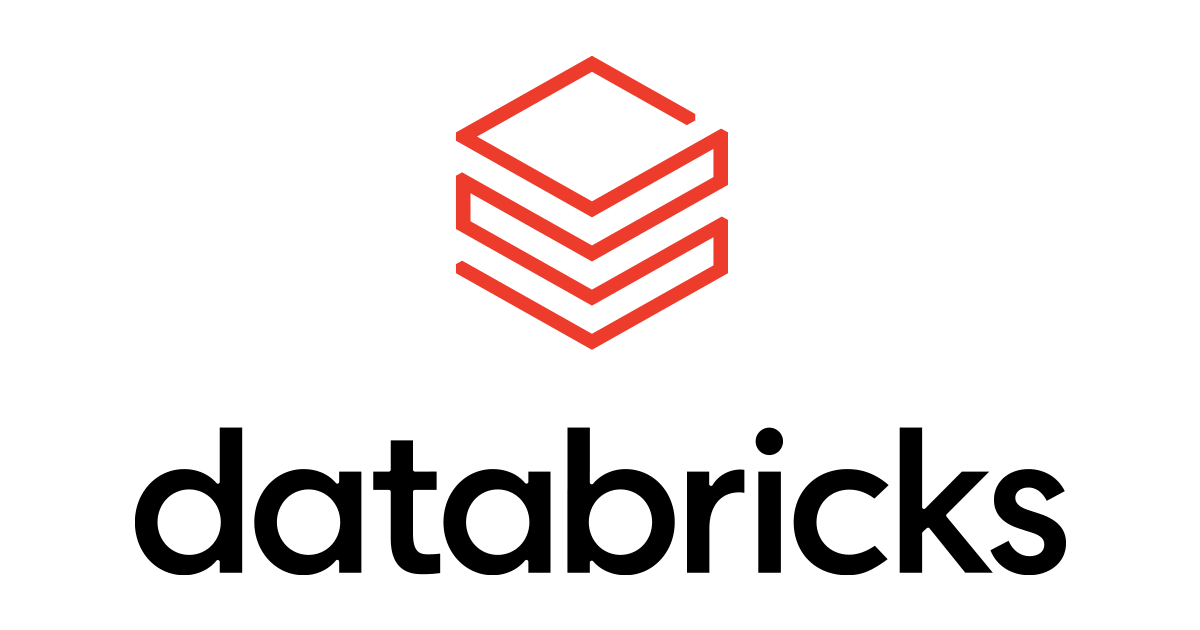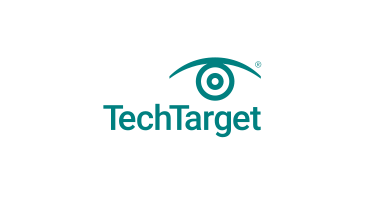A data lakehouse is a data management architecture that combines the key features and the benefits of a data lake and a data warehouse. Data lakehouse platforms merge the rigorous data management functions, ease of access and data querying capabilities found in data warehouses with the data storage flexibility, scalability and relatively low cost of data lakes.
References
-
 A data lakehouse is an architecture that combines data lakes and data warehouses. Learn how data lakehouses, data warehouses, and data lakes differ.🔗Google Cloud
A data lakehouse is an architecture that combines data lakes and data warehouses. Learn how data lakehouses, data warehouses, and data lakes differ.🔗Google Cloud -
 A data lakehouse is a new, open data management paradigm that combines the capabilities of data lakes and data warehouses, enabling BI and ML on all data.🔗Databricks
A data lakehouse is a new, open data management paradigm that combines the capabilities of data lakes and data warehouses, enabling BI and ML on all data.🔗Databricks -
 Lakehouse architecture combines the best of data lakes and data warehouses to help you reduce costs and deliver any AI use case.🔗Databricks
Lakehouse architecture combines the best of data lakes and data warehouses to help you reduce costs and deliver any AI use case.🔗Databricks -
 Data lakehouses enable structure and schema like those used in a data warehouse to be applied to the unstructured data of the type that would typically be stored in a data lake. This means that data users can access the information more quickly and start putting it to work.🔗Forbes
Data lakehouses enable structure and schema like those used in a data warehouse to be applied to the unstructured data of the type that would typically be stored in a data lake. This means that data users can access the information more quickly and start putting it to work.🔗Forbes -
 Data lakehouses seek to resolve the core challenges across both data warehouses and data lakes to yield a more ideal data management solution for organizations.🔗ibm.com
Data lakehouses seek to resolve the core challenges across both data warehouses and data lakes to yield a more ideal data management solution for organizations.🔗ibm.com -
-
 Learn what a data lakehouse is, how it combines the capabilities of a data lake and a data warehouse, key data lakehouse features and some pros and cons.🔗Data Management
Learn what a data lakehouse is, how it combines the capabilities of a data lake and a data warehouse, key data lakehouse features and some pros and cons.🔗Data Management

 Lakehouse
Lakehouse